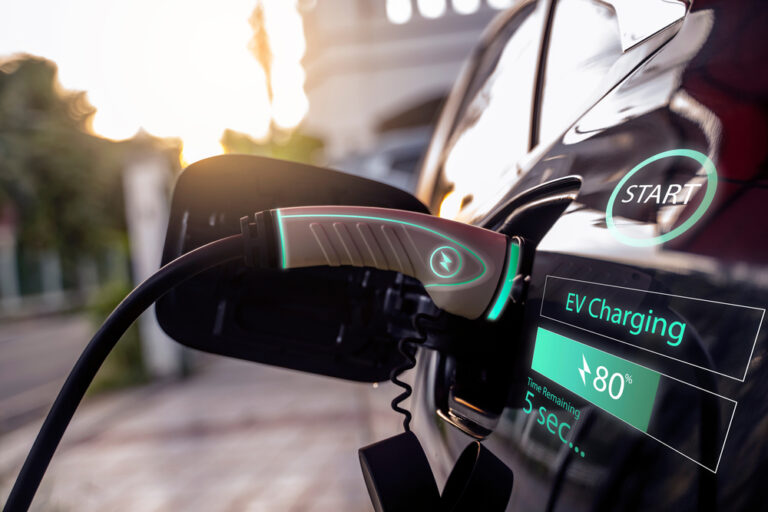Latest News
Driving Towards a Sustainable Future with EV Charging Stations

The world’s growing awareness of carbon emissions necessitates sustainable transportation. Electric vehicles (EVs) are one of the most promising solutions in this regard, as they produce zero emissions and are highly energy efficient. However, one of the main challenges with EVs is the lack of EV charging stations, which can limit their adoption. A new report from the Department for Transport (DfT) has revealed that the UK has a long way to go to reach its target of 300,000 EV charging devices by 2030. In this article, we will explore the importance of EV charging stations in driving towards a sustainable future and how they can be optimised for maximum impact.
The Importance of EV Charging Stations
Charge stations are crucial for EV owners to recharge their vehicles. Insufficient charging infrastructure makes EVs impractical for many without access to home or work charging. This can limit the adoption of EVs, which in turn can slow down the transition to a more sustainable future.
The Benefits of Charging Stations
Apart from supporting the adoption of EVs, charging stations offer several other benefits. For instance, they can help reduce the demand for fossil fuels, which can help reduce greenhouse gas emissions. Additionally, they can help reduce air pollution, which is a major health concern in many urban areas. Furthermore, the use of EVs and charging stations can help reduce the dependence on foreign oil, which can improve energy security.
Types of EV Charging Stations
There are several types of EV charging stations, each with its own charging rate and compatibility with different types of EVs. The three most common types are Level 1, Level 2, and DC fast charging. Level 1 charging is the slowest, with a charging rate of around 4-5 miles of range per hour of charging. This type of charging is typically done using a standard household outlet and is most suitable for overnight charging. Level 2 charging is faster, with a charging rate of around 10-20 miles of range per hour of charging. This type of charging requires a dedicated charging station and is most suitable for home and workplace charging. DC fast charging is the fastest, with a charging rate of up to 60-80 miles of range per 20 minutes of charging. This type of charging requires specialized charging equipment and is most suitable for public charging stations.
Optimising Charging Stations for Maximum Impact
To optimise the impact of charging stations, it is important to consider several factors. One of the most important is the location of the charging stations. Charge stations must be easily accessible, for example in city centres and off busy motorways.
Another important factor to consider is the type of charging station. Different charging stations have varying rates and compatibility with EV types. To best serve the needs of EV owners, a mix of charging stations is essential.
If you need assistance with your EV charger or would like to install a new one at your home or business contact our team today.
